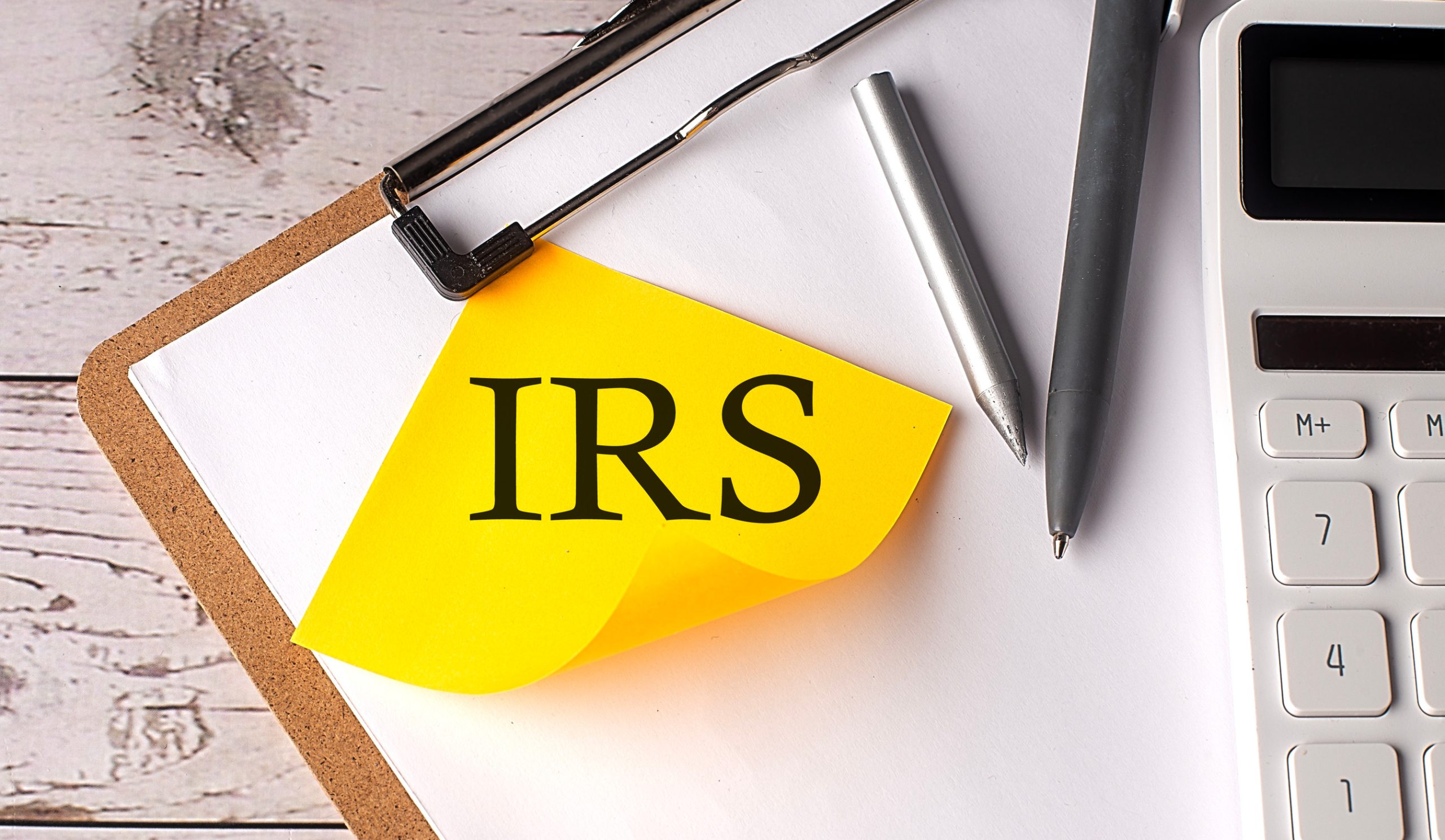The IRS letter. Nobody wants one, but plenty of people get them. It’s not always about an audit; sometimes it’s a math error, a missed form, or even a misplaced digit. Still, that thin envelope with the official seal is enough to spike anyone’s blood pressure.
The truth is, most letters come down to avoidable slip-ups that flag your return for closer attention. Knowing what trips the system can save you from the stress and hassle.
1. Forgetting to Report All Your Income
Leaving off even a small 1099 or side hustle payment is like waving a red flag. Employers, banks, and gig platforms all send copies of income forms directly to the IRS, so the system knows what you earned. If what you file doesn’t line up with what they have on file, expect a notice. Many taxpayers assume small amounts will slip through, but the IRS’s matching software is razor sharp. Full reporting keeps you off their radar.
2. Messing Up Your Math
It sounds basic, but math mistakes are one of the top reasons returns get flagged. Even with software, typos and incorrect entries can sneak in. The IRS double-checks calculations, and if they don’t add up, you’ll get a correction notice. While it may not always mean extra tax, it slows down refunds and invites extra scrutiny. Double-checking numbers before filing can save a lot of hassle.
3. Claiming Too Many Deductions
The IRS knows the averages for deductions in every income bracket. When someone earning $40,000 claims massive charitable donations or sky-high business expenses, it raises eyebrows. Big deductions aren’t illegal, but they need solid proof. Without receipts and records, a letter will follow asking for explanations. Keeping your claims realistic and well-documented avoids trouble.
4. Filing Under the Wrong Status
Choosing the wrong filing status throws off everything from standard deductions to credits. Filing as “head of household” when you don’t qualify is a common mistake that gets flagged fast. The IRS checks household dependents and residency requirements carefully. Errors here can change your entire tax picture and lead to letters demanding adjustments. Picking the correct status up front avoids the correction process.
5. Forgetting to Sign and Date Your Return
It sounds almost too silly to be real, but unsigned returns aren’t considered valid. An unsigned form is the same as not filing at all, and that will trigger a notice. Electronic filing usually catches this, but paper returns can slip through. The IRS will ask you to fix the mistake before processing. One missing signature can hold up everything.
6. Mismatching Social Security Numbers
Social Security numbers are the IRS’s tracking system. If you mix up digits or enter the wrong one for yourself, a spouse, or a dependent, the return stalls. This can cause rejected e-files, delayed refunds, and official notices. The IRS uses these numbers to match income, credits, and dependents across multiple sources. Getting them right the first time keeps your return moving.
7. Overstating Business Expenses
Small business owners and freelancers are frequent targets for IRS notices. When expenses look inflated compared to income, the IRS asks questions. Claiming personal costs as business write-offs is a quick way to trigger a letter. Travel, meals, and home office deductions are common areas of suspicion. Clear separation between personal and business expenses protects against extra attention.
8. Missing the Filing Deadline
Late returns attract notices, even if you don’t owe. The IRS is quick to remind taxpayers of missed deadlines with penalty warnings. Filing late without an extension can also mean added interest charges on unpaid taxes. Even if you can’t pay in full, filing on time avoids the automatic red flag. Extensions exist for a reason—use them if needed.
9. Forgetting to Report Health Insurance Info
The Affordable Care Act requires certain taxpayers to report health coverage details. Leaving out Form 1095 can cause delays or letters requesting clarification. The IRS cross-checks coverage data from insurers against your return. Forgetting this step can affect credits or penalties tied to healthcare. Including every form keeps your file clean.
10. Mixing Up Direct Deposit Information
Direct deposit is fast and convenient, but the IRS won’t send money if account details are wrong. Incorrect routing or account numbers can bounce refunds back. In some cases, the money ends up in the wrong account entirely, leading to long delays and notices. The IRS sends letters to straighten things out when deposits fail. Triple-checking bank details avoids a frustrating mess.
Keep the IRS Out of Your Mailbox
IRS letters are rarely fun, but most of them are preventable. Simple mistakes—wrong numbers, missing forms, or bold deductions—are what usually set them off. Careful attention before hitting submit can save months of back-and-forth later. Staying accurate and organized is the key to staying stress-free.
What’s the most confusing part of filing taxes for you? Share your thoughts in the comments.
Read More
7 Retirement Account Mistakes That Get Flagged by the IRS
Why Some Towns Are Demanding Property Taxes Before Death Is Finalized


